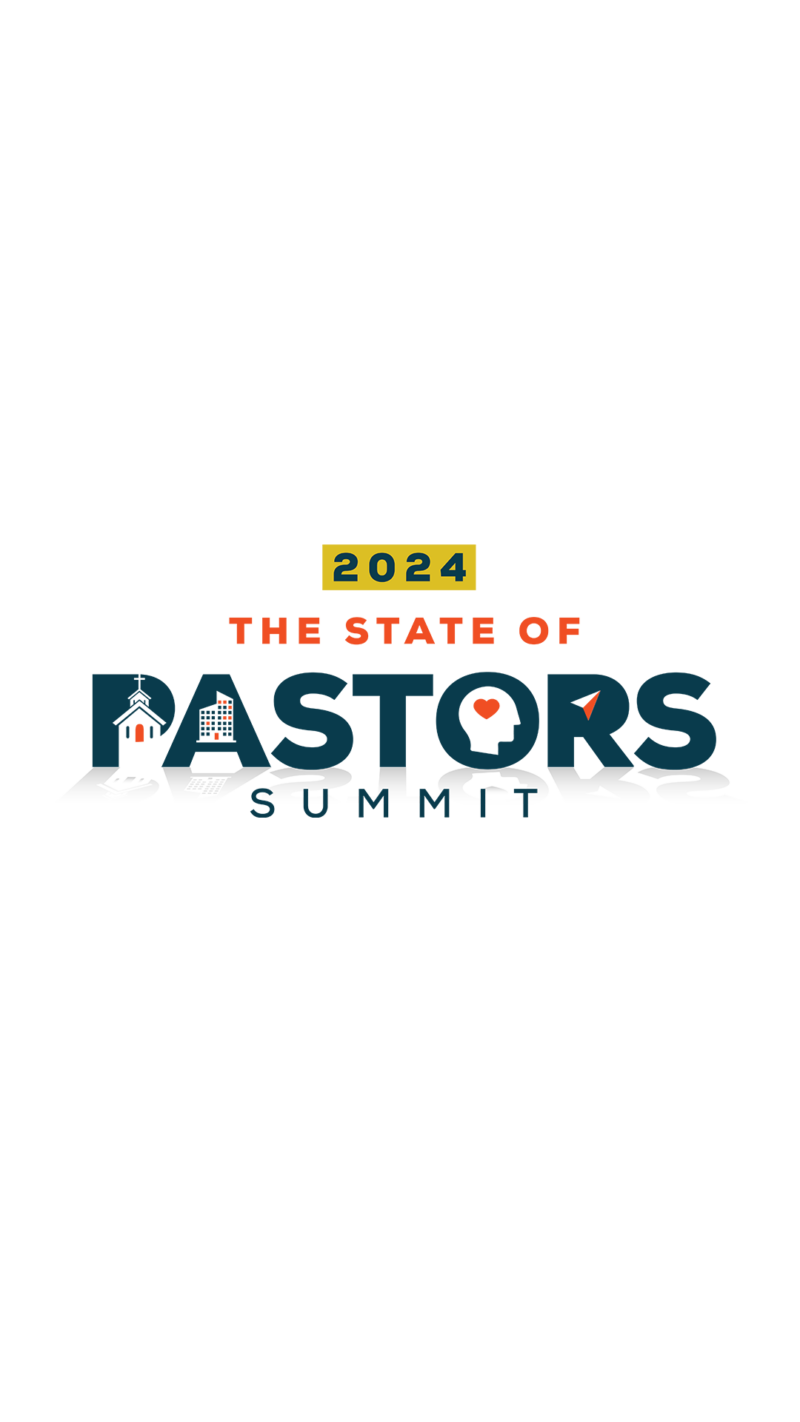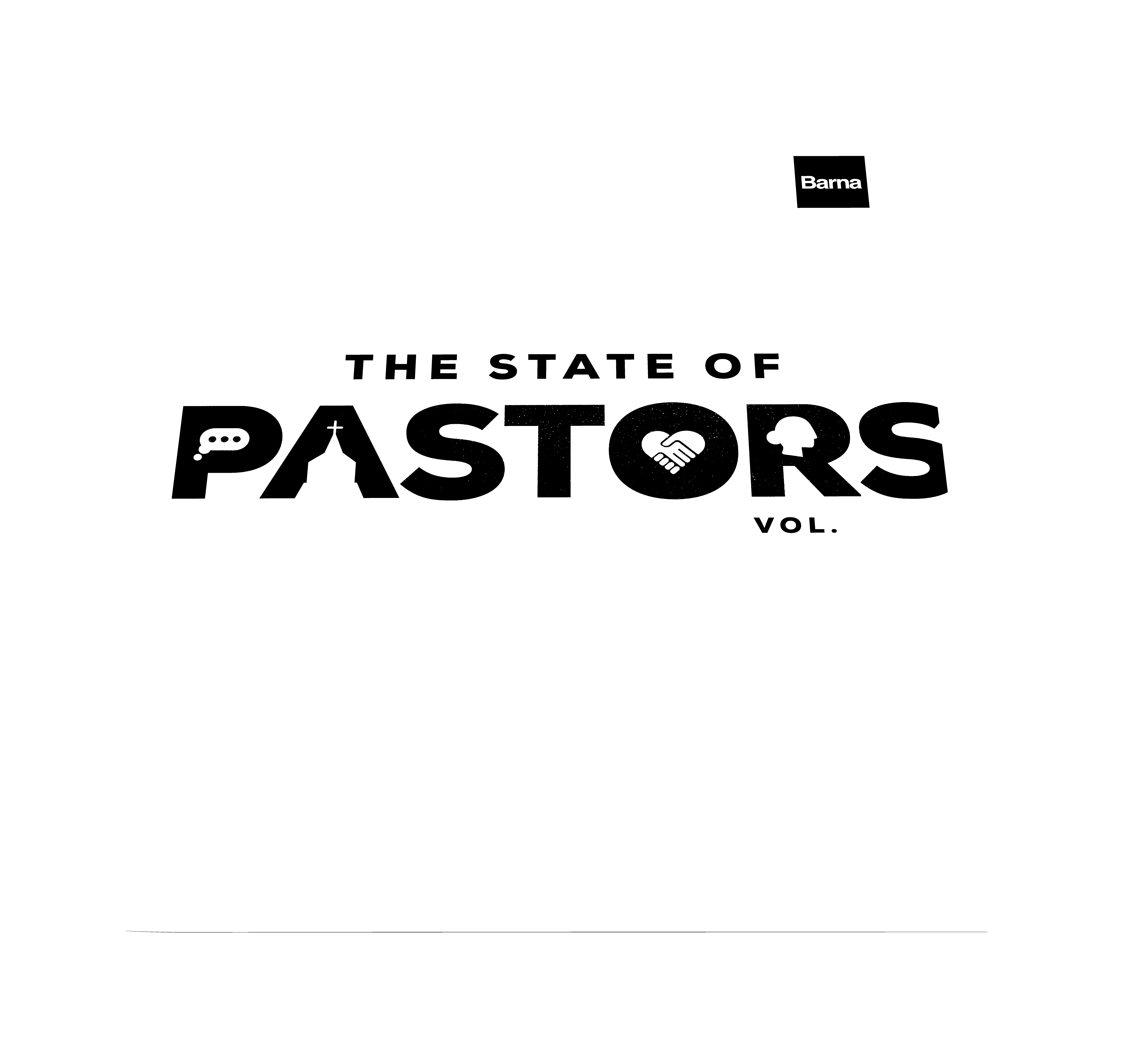Barna Technology Study: Social Networking, Online Entertainment and Church Podcasts
When the Internet clicked into the public consciousness more than a decade ago, experts debated its usefulness and staying power. Now, few would argue that mobile devices and online technology have become deeply embedded in society. Millions of Americans have become dependent upon the new digital conveniences that provide them with entertainment, information, products, and content. The impact of these technologies on interpersonal relationships – a domain often called social networking – has begun to rewire the way people meet, express themselves, and stay connected.
Your Leadership Toolkit
Strengthen your message, train your team and grow your church with cultural insights and practical resources, all in one place.
A new study from The Barna Group explores social networking as well as how Americans use digital technology to get the products, services, and content they desire. The research identifies the mainstream – as well as emerging – platforms and practices. Additionally, the Barna study also examines how the Christian community engages with such technologies, including the use of church podcasts.
Electronic Communication
A cultural novelty a mere 15 years ago, email has become an essential part of culture and commerce. Currently, nearly four out of five Americans (78%) who access a computer have sent an email in the past week. As proof of its mainstream status, computer users over the age of 50 are just as likely as younger adults to use email.
By contrast, text messaging and instant messaging (IM) are used by smaller, though devoted segments of the population. One-third of computer users (33%) have used IM in the past week, while 30% of Americans have sent someone a text message via a mobile telephone. One of the reasons younger adults email rates are merely “average” compared to older residents is the younger set’s heavy reliance on IM’ing and texting to stay connected.
Facebook, MySpace and the Blogosphere
The Internet helps individuals express themselves. Millions of Americans have taken advantage of this, launching personal websites and blogs (short for “weblogs”). While these personal venues for self-expression have become a significant feature of the online landscape, most Americans remain on the digital sidelines: just one-quarter of computer users (23%) has a personal webpage or home page on a social networking site (such as Facebook or MySpace).
Even fewer adults have a personal blog where they communicate their ideas and experiences (10% of Americans with regular access to a computer). Interestingly, an even higher proportion of computer users (14%) had posted a comment on another person’s blog in the last week.
Blogging has not reached the “tipping point” towards becoming a mainstream activity (an emerging technology is often thought to “tip” toward majority use when the penetration reaches 20% or more of the population). Still, there are an estimated 16 million American adults who use their blog as a pulpit to broadcast their voice to the world. Blogs are most common among single adults, Northeast residents, homosexuals, those not registered to vote, and atheists and agnostics.
One other insight related to blogs is the sheer devotion many bloggers find in the pursuit, rarely letting their online journals grow dark. More than seven out of 10 people who have a blog update the online journal at least once a week.
Finding Information, Content and Entertainment
Not surprisingly, the promise of the Internet – instant access to ubiquitous information – is not lost on Americans. Searching for information or content is easily the most common online activity of the 15 assessed in the study. In all, more than eight out of 10 computer users had snapped up information via the Web in the last week (84%).
Compared to online search habits, a less common activity is online purchasing. Still, the Internet has become a viable and widely used retail channel, tallying one-quarter of computer users (27%) who have completed an online purchase in the last week.
With more people than ever using high-speed connections, watching online videos has also become an important feature of the inter-connected digital world. Overall, one-quarter of computer users (26%) reported watching a video via the Internet in the previous seven days. This was twice as common as downloading music in the past week (13% of users).
Two of the activities examined were rarely undertaken by Americans. As yet, downloading movies is still a limited activity among computer users (just 2% in the past week). Also, just 4% of adults admitted to viewing pornography or adult content in the last week.
Your Leadership Toolkit
Strengthen your message, train your team and grow your church with cultural insights and practical resources, all in one place.
The Socially Networked Church
People within the Christian community are just as immersed in (and dependent upon) digital technologies and social networks as are those outside of it. Both evangelical Christians and other born again Christians emerged as statistically on par with national norms when it came to each of the 15 different areas that were studied. In other words, matters of faith played very little role in differentiating people’s technological habits.
One exception was access to spiritual content via podcasting, which not surprisingly found a more eager audience among Christians than non-Christians. The study found that 38% of evangelicals and 31% of other born again Christians had listened to a sermon or church teaching via digital recordings available on the Internet (often called a “podcast”), compared with 17% of other adults. In macro-terms, an enormous audience of roughly 45 million Americans reports going digital to acquire church sermon and teaching content. In all, one out of every four adults – 23% – said they downloaded a church podcast in the past week.
The profile of people who had listened to sermon podcasts cut across generational lines, with older adults just as likely as young residents to listen in. Residents of the South (31%) were twice as likely as those in the Northeast (14%) to access church podcasts. Similarly, Protestants (32%) were more intrigued by such content than were Catholics (18%) and the same held true for non-mainline attenders (38%) compared to mainline Protestants (16%). African-Americans (50%) were very loyal listeners, especially when contrasted with Asians (14%). Furthermore, those who are economically downscale (35%) were more likely to listen to church podcasts than were upscale adults (10%).
Subgroup Insights
The analysis of differing demographic and psychographic groups provided several intriguing patterns:
- Political liberals were among the most active users of technologies. They were more likely than the norm to have a personal homepage, to maintain a blog, to post comments on other people’s blogs, and to watch online videos as well as above average in their use of search, texting, and email.
- Generally, never-married adults were more likely than married adults to rely on social network technologies. However, the one exception to this pattern was among parents of children under 18. The tech gap between parents and singles was much narrower when it came to use of texting, downloading music, and IM’ing. Perhaps parents pursue these areas more aggressively to keep up with their technologically hyper-active children.
- The technology gaps by generation were impressive. The researchers categorized “mainstream” technology as those used by 50% or more of the population, while “emerging” technology represented penetration of 20% to less than half. Among Elders (ages 62+), two out of the 15 areas were deemed mainstream (email and search), while another two domains were emerging (IM and online purchases). Boomers (ages 43 to 61) had two mainstream categories and four emerging areas. Busters (ages 24 to 42) had four mainstream and four emerging technologies. The nation’s youngest adults, Mosaics who are 23 and under, were easily the furthest along in their adoption of these technologies. Mosaics had eight mainstream categories and another three deemed to be emerging. In other words, out of the 15 areas of technology assessed in the research, Elders widely embraced or were becoming comfortable with four, Boomers with six, Busters with eight, and Mosaics with 11.
Technology Influence?
The research was given context by David Kinnaman, the lead researcher on the project. “Church leaders have to strike the delicate balance between the spiritual and cultural potential of tech tools without surrendering to the false promise of these tools. Having the means of reaching the masses – for instance, through podcasting – is a good thing. Yet, nothing matches the potency of life-on-life discipleship. In this respect, social networking and blogs can be effective tools to intimately connect with a small, natural network of relationships. The key is using the technology in a way that is consistent with your calling and purpose, not just an addictive self-indulgence.”
Kinnaman, the president of The Barna Group, also pointed out the need for a more intentional and broad discussion within the Church about how technology shapes its users. “One recent study we completed among teenagers showed that just 9% of church-going teens had learned something helpful about technology in their church during the past year. As each new generation becomes increasingly enmeshed with technology, these discussions and choices cannot be left to chance. Control, image, relevance, immediacy, transparency, purity, truth, stewardship, and escapism are some of the many issues that technology brings to the surface, not always with benign consequences.
“On the positive side, however, technology can empower and engage people, across generations, socio-economic segments, and physical boundaries. Young people, for instance, think of themselves as creators of content, not merely consumers of it. Technology, in essence, gives them a voice and fuels their search for calling. Whether or not you welcome it, technology creates an entirely new calculus of influence and independence. The stewardship of technology as a force for good in culture is an important role for technologists, entrepreneurs, educators, and Christian leaders.”
Your Leadership Toolkit
Strengthen your message, train your team and grow your church with cultural insights and practical resources, all in one place.
About the Research
This report is based upon two nationwide telephone surveys conducted by The Barna Group with random samples of adults, age 18 and older. These surveys were conducted in July-August 2007 and December 2007. The August survey involved interviews with 1000 adults; the December survey included 1005 adults. The maximum margin of sampling error associated with the aggregate sample for each of those surveys is ±3.2 percentage points at the 95% confidence level. Statistical weighting was used to calibrate the sample to known population percentages in relation to demographic variables.
“Born again Christians” are defined as people who said they have made a personal commitment to Jesus Christ that is still important in their life today and who also indicated they believe that when they die they will go to Heaven because they had confessed their sins and had accepted Jesus Christ as their savior. Respondents are not asked to describe themselves as “born again.”
“Evangelicals” meet the born again criteria (described above) plus seven other conditions. Those include saying their faith is very important in their life today; believing they have a personal responsibility to share their religious beliefs about Christ with non-Christians; believing that Satan exists; believing that eternal salvation is possible only through grace, not works; believing that Jesus Christ lived a sinless life on earth; asserting that the Bible is accurate in all that it teaches; and describing God as the all-knowing, all-powerful, perfect deity who created the universe and still rules it today. Being classified as an evangelical is not dependent upon church attendance or the denominational affiliation of the church attended. Respondents were not asked to describe themselves as “evangelical.”
“Downscale” adults were defined as those who did not attend college and whose annual, pre-tax household income is $20,000 or less.
“Upscale” adults are people who have completed a four-year degree and whose annual, pre-tax income exceeds $60,000.
About Barna
Since 1984, Barna Group has conducted more than two million interviews over the course of thousands of studies and has become a go-to source for insights about faith, culture, leadership, vocation and generations. Barna is a private, non-partisan, for-profit organization.
Get Barna in Your Inbox
Subscribe to Barna’s free newsletters for the latest data and insights to navigate today’s most complex issues.




